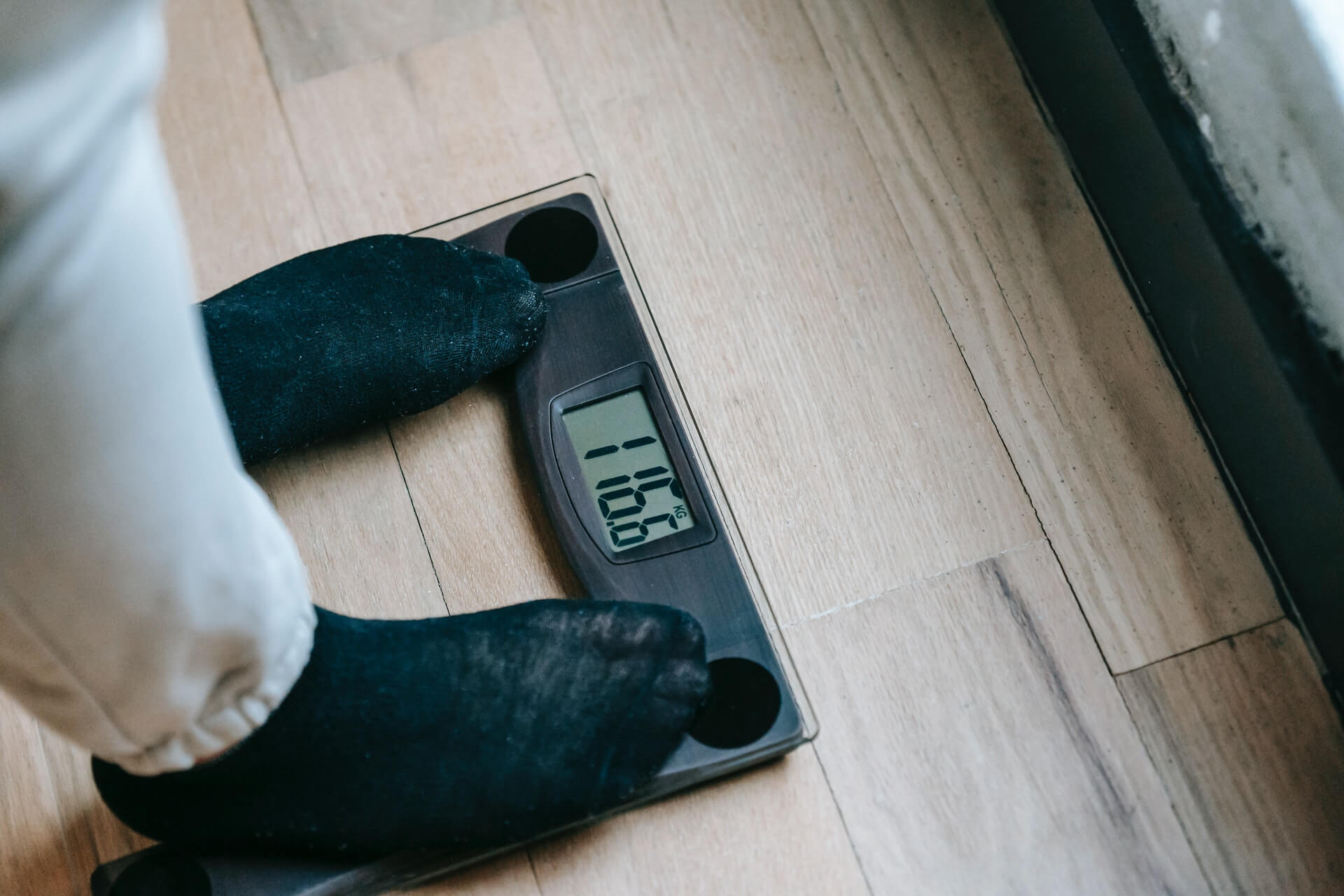You probably already know that the keto diet restricts carbohydrates to 50 grams or less per day to enter ketosis. Essentially, you’re free to choose when to consume those carbs within the day as long as you don’t exceed the limit.
So, what makes the targeted ketogenic diet different and how does it work? Should you try it? What benefits can you gain? This article shows you everything you need to know about this diet variation and how to do it properly.
What is the Targeted Ketogenic Diet?
The targeted ketogenic diet (TKD) is a version of keto where you consume carbs around your workout times. You’ll still consume 20-50 grams per day but the main difference is in the timing.
Instead of spreading carbs throughout the day, you’re going to eat them prior to your training session. You can also eat carbs immediately after that workout to assist with recovery.
So, what kind of carbs can you consume? The best options for TKD would be fast-acting carbs such as rice cakes, pastries, white rice, and pasta.
How Does Targeted Keto Work?
Targeted keto works by ensuring that you have enough glucose to perform an intensive workout effectively for a sustained period of time.
An expert panel report explained how carbohydrates are still king when it comes to high-intensity exercise performance. It adds that the rapidity at which a carb source enters the bloodstream can affect performance and duration.
This is where fast-acting carbs become beneficial since they can be utilized quickly for energy. They have a simple structure, cause a faster rise in your blood sugar and insulin levels, and provide your muscles with energy (1)(2).
The TKD way of eating does fill up your glycogen stores, causing you to go out of nutritional ketosis just for that specific time. But, do keep in mind that ketosis isn’t your goal here but rather a noticeable improvement in your exercise performance.
You don’t have to worry about getting back into ketosis. You can re-enter this fat-burning mode after a few hours as long as you stick to your overall keto plan.
Who Benefits from TKD Most?
The targeted ketogenic diet is right for professional athletes and people who do high-intensity workouts requiring energy and endurance. Think of activities like HIIT, crossfit, long-distance running, and high-volume resistance training (more reps and sets).
Active individuals who are new to keto can save themselves from fatigue and giving up too soon with this way of eating.
On the flip side, TKD isn’t for you if you’re just focused on weight loss and not performance. And if you’re already keto-adapted — meaning, your body is already efficient in using fat for energy — then you may no longer feel the need to eat carbs around your workouts anymore. However, note that becoming fully keto-adapted takes weeks to months to happen (3).
Targeted Keto vs. Standard Keto
So, how are the targeted keto and standard keto similar or different? We’ve identified these key aspects for comparison:
Carbohydrate allowance and timing
Both variations of the ketogenic diet reduce daily carbs to 20-50 grams. However, as previously stated in this article, the difference is when carbs are consumed. Consuming carbs prior to a workout (or after a workout) is the practice for the targeted ketogenic diet.
Sources of carbs
Since the goal of the targeted ketogenic diet is increased performance, carb sources should be fast-acting like rice cakes, pastries, white rice, and pasta. Think of high-glucose foods.
On standard keto, your carbs must come from quality sources like low-carb vegetables and fruits. Keto-friendly snacks that have some carbs in them are also allowed. Fast-acting carbs are not necessary in this case.
Hitting your fitness goals
If you’re focused solely on weight loss, you’re better off doing standard keto. You may just be a regular individual who would like to lose weight and you’re not necessarily exercising each day.
However, if you’re super active doing high-intensity workouts, sprints, distance running, and lifting —a targeted ketogenic diet for bodybuilding and strenuous workouts would be the best approach.
Keto-adaptation (also called fat-adaptation)
It’s important to get keto-adapted first (which can take weeks to months) before attempting a targeted ketogenic diet. This helps your body to easily get in and out of ketosis without having to deal with keto flu again.
Standard keto, on the other hand, is a great starting point to build fat adaptation. By strictly adhering to standard keto, your body can metabolize both fat and carbs (switch from one fuel to another). This leads to decreased hunger and more stable energy levels over time.
Benefits of Targeted Ketogenic Diet
This dietary approach may help you in the following areas if you need glycogen for your workouts.
1. Better endurance
Endurance refers to your body’s ability to sustain prolonged physical work. The idea behind targeted keto is that carbs help with delaying fatigue by filling your muscles with glycogen.
One study on mountain bike participants showed that the group that consumed more carbs were able to reach the fourth lap and were ahead of the low-carb group.
2. Improved physique
Diet or exercise alone won’t help you lose fat and gain muscle, which is why you need both. Having the energy from carbs to power through those intense workouts will take you closer to your goal physique.
3. Other ketogenic diet benefits
Since the targeted ketogenic diet and the standard keto diet are fundamentally the same, you still enjoy benefits like fat loss, better brain health, blood sugar control, and improved testosterone levels. These are the effects of reducing carbs in general and increasing dietary fat.
How to Start a Targeted Ketogenic Diet
If you’ve decided to follow the targeted ketogenic diet, here is a list of strategies to follow so you can get the best possible results:
1. Know your macros.
Calculate how many carbs, fat, and protein you need on keto. (For a recap on specific macros: Carbs give you extra energy, protein supports muscle mass and recovery, and fat helps with vitamin absorption and hormonal health.)
Keep track of your personal keto macros to reach your fitness goals. Reaching a certain level of fitness requires discipline and effort, so get keen on the numbers.
2. Get keto-adapted first.
Let your metabolism adjust to burning fat for fuel effectively. While it can take months to achieve this, you can speed it up by reducing carbs, cutting out sugar from your diet completely, and doing intermittent fasting.
3. Eat fast-acting carbs 30 minutes before your workout.
Foods with fast-acting carbs include hard candies, white bread, crackers, pastries, sports drinks, and any high-glycemic food. Consume them about 30 minutes prior to your workout.
If you also plan on consuming carbs right after your workout, divide 50 grams into two, so you’d be eating 25 grams of carbs before the workout and the other 25 grams after that.
If you’re wondering what to eat on a targeted ketogenic diet for the rest of the day, just focus on eating nutrient-dense, keto-friendly meals. A targeted ketogenic diet meal plan doesn’t look different from a standard keto meal plan — except for the carbs around your workout sessions.
4. Avoid eating fats pre-workout.
Fat is essential on the keto diet and you should never shy away from them. Just save these high-fat foods for regular meal times since they slow down the digestion of carbs which defeats the purpose of the targeted ketogenic diet. The only fats that won’t affect carb digestion are medium-chain triglycerides (MCTs).
5. Take electrolytes when necessary.
When your body is losing water from those intense workouts, it’s also losing electrolytes. Important electrolytes include sodium, potassium, magnesium, calcium, and chloride. They enable muscle contraction, fluid balance, and nerve function.
Take a keto-friendly electrolyte supplement or get them from electrolyte-rich foods like avocados, cruciferous vegetables, white meat and poultry, and dairy.
Conclusion
The targeted ketogenic diet for runners, athletes, and people who often work out at a high intensity helps with performance. That extra edge through the right carb timing might be what you need to reach your goals.
But if you don’t struggle to finish those intense sessions at all or you’re just doing light workouts, then follow the standard keto diet instead. To know if it’s right for you, you need to give it a try. Observe how you feel and keep track of your performance.
More importantly — stick to your macros.
References:
- Harvard T.H. Chan. Carbohydrates and Blood Sugar
- Kanter M. High-Quality Carbohydrates and Physical Performance. 2017 October 21
- Phinney S, Volek J. Keto-Adaptation. 2018 January 23



